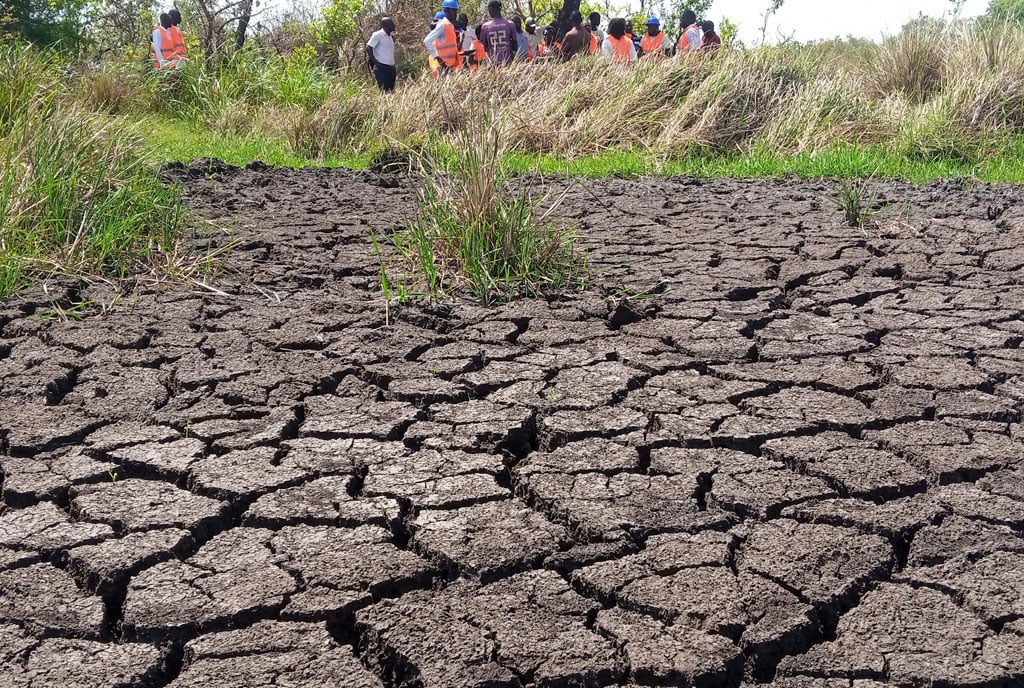Dry spell: Help our farmers to adapt

This picture taken last February 21, 2024 shows how the heatwave, coupled with drought, has destroyed a swamp in Pader District. PHOTO/BILL OKETCH
What you need to know:
- We need to ensure that farmers have water dams, underground water tanks, and harvested rainwater to sustain them during droughts.
At the beginning of last month, the Uganda National Meteorological Authority (UNMA) warned farmers to prepare for a wetter September as the rainy season was predicted to start.
Uganda generally experiences two major rainfall seasons; March-April-May (MAM), and September-October-November-December (SOND) as the first and second rainy seasons, respectively.
According to the September to December 2024 seasonal rainfall outlook report, the northern and eastern parts of the country that were experiencing rainfall at the time were expected to have a continuation of rainfall until November. The intermittent rainfall in central and western regions was expected to be established around early to mid-September 2024.
Speaking to this newspaper, Mr Deus Bamanya, the director for weather forecasting services at UNMA, said the season would present good prospects for increased crop yields. Farmers were advised to consult their local extension officers on recommended seed varieties, practice soil and water conservation techniques, among others.
However, in a report this week, this newspaper highlighted the fears farmers have over the delayed rains and scorching sun in different parts of the country.
According to the story, farmers from the central, western and eastern regions who had taken advantage of the mid-September rains to plant crops are now counting losses over the failed rains.
In the south-western region, farmers who used the first rains in mid-September to plant seeds are also disappointed that their crops are withering, with little or no signs of the rains. Cattle farmers too were not spared. Some of them had to sell their cows to reduce the stock because of lack of water and pasture.
In April, United Nations officials and non-governmental organisations sent out a warning that deaths from hunger are on the rise in Africa. Experts said the continent is facing an unprecedented food crisis due to droughts, climate change and conflict.
Over the years, weather patterns have become less predictable, and this has resulted in drought in some parts of Uganda. The biggest challenge we face in our generation is climate change, and its negative effects are already being felt. Among the most affected sectors is agriculture, which feeds and employs millions of Ugandans.
It is our appeal that the government and development partners ensure that farmers are supported as they adapt to climate change. There must be a mechanism to help farmers to move from relying on rain to irrigation.
We need to ensure that farmers have water dams, underground water tanks, and harvested rainwater to sustain them during droughts.



